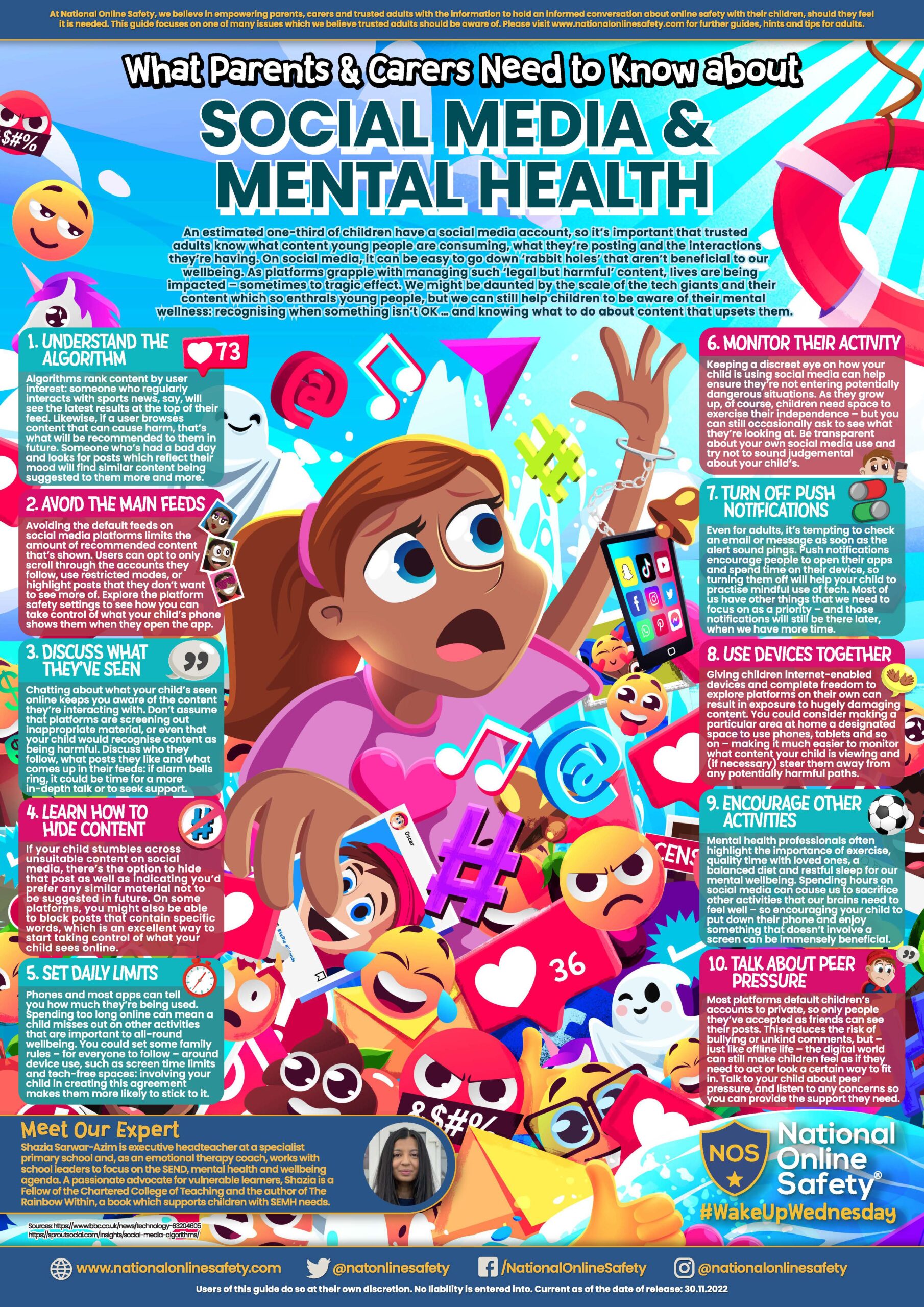Financially motivated sexual extortion
All schools in the UK have recently been sent information from the National Crime Agency, raising awareness of the recent rise in reporting of financially motivated sexual extortion (a type of online blackmail often known in the media as ‘sextortion’). Children and young people worldwide are being targeted.
This type of crime involves an adult offender (often from an organised crime group based overseas) threatening to release nude or semi-nude images and/or videos of a child or young person, unless they pay money, or meet another financial demand, such as purchasing a pre-paid gift card.
Victims of any age and gender can be targets, however a large proportion of cases have involved male victims aged 14-18.
A child or young person is never to blame if they have been a victim. Offenders will have tricked, groomed and/or manipulated them into sharing an image.
Find out more about online blackmail on CEOP Education’s parents and carers website.
Talking to your child
It’s important to have frequent, open and non-judgemental conversations with your child about relationships, sex and being online to build trust and support them if something goes wrong. Financially motivated sexual extortion should be included in those conversations. Here are some tips about how to approach this:
- Chat regularly about their life online: have ongoing conversations with them about their life and time online. Continue to take an interest as they grow, explore new apps and sites together and talk in a balanced way, considering the benefits and the potential harms.
- Talk about where to find information about relationships and sex: organisations like CEOP Education, Childline and Brook have age- appropriate advice topics such as sexual communication and image sharing. This will help your child to understand what unhealthy relationships look like, such as applying pressure and blackmail; and give them trusted sources of information to explore these topics.
- Review privacy settings: talk to your child about the importance of using privacy settings on their accounts to restrict who can contact Read CEOP Education’s advice on how to talk your child about their privacy settings.
- Make sure they know where to go for support: let them know that they can come to you with any concerns and won’t be judged. It’s also important to make them aware of other trusted adults or sources of
support, if they feel they can’t talk to you, such as Childline.
- Make sure they know where to report: remind your child how you can help them to report an incident to the police or using the CEOP Safety Let them know that if a nude or semi-nude of them has been shared without their consent, they can take these 3 steps to try and get them removed:
- Use Report Remove, a tool from Childline and the Internet Watch Your child can use this to remove images that have been shared or might be shared.
- Use Take It Down, a tool from the National Center for Missing and Exploited Children. Your child can use this to remove or stop the online sharing of images or videos.
- Report directly to the platform or app that the incident has occurred For advice on how to report to major social media platforms, visit Internet Matters.
To learn more about what resources are available to help you support your child, visit the UK Safer Internet Centre.
What can I do if this has happened to my child?
If your child tells you that someone is trying to trick, threaten or blackmail them online:
- Don’t pay, do stop contact and block: you may be tempted to pay, but there is no guarantee that this will stop the As the offender’s motive is to get money, once you have shown you can pay, they will
likely ask for more and blackmail may continue. If you have paid, don’t panic but don’t pay anything more. Help your child to stop all communication with the offender and block them on any accounts that they have been contacted on.
- Avoid deleting anything: try not to delete anything that could be used as evidence such as messages, images and bank account details.
- Report to the police or CEOP: call 101 or 999 if there is an immediate risk of harm to your child. Or you can use the CEOP Safety Centre to report any online blackmail attempts.
If it has already happened and your child has shared an image and sent money to someone exploiting them:
- Reassure them that they’ve done the right thing by telling you: make sure they know they are not to blame for what has happened and they have done the right thing to ask for your help.
Children and young people’s mental health may be negatively impacted by experiences of exploitation; you can find advice on looking after your child’s mental health from the NHS.
- Report to the police or CEOP: call 101 or 999 if there is an immediate risk of harm to your child. Or you can use the CEOP Safety Centre to report an If your child is 18 and over, call 101 or 999 if they are at risk of immediate harm.
- Report any images or videos that have been shared: help your child to remove images that are online or prevent images being shared online by following these three steps:
- Use Report Remove, a tool from Childline and the Internet Watch Foundation. Your child can use this to remove images that have been shared or might be shared.
- Use Take It Down, a tool from the National Center for Missing and Exploited Children. Your child can use this to remove or stop the online sharing of images or videos.
- Report directly to the platform or app that the incident has occurred For advice on how to report to major social media platforms, visit Internet Matters.



